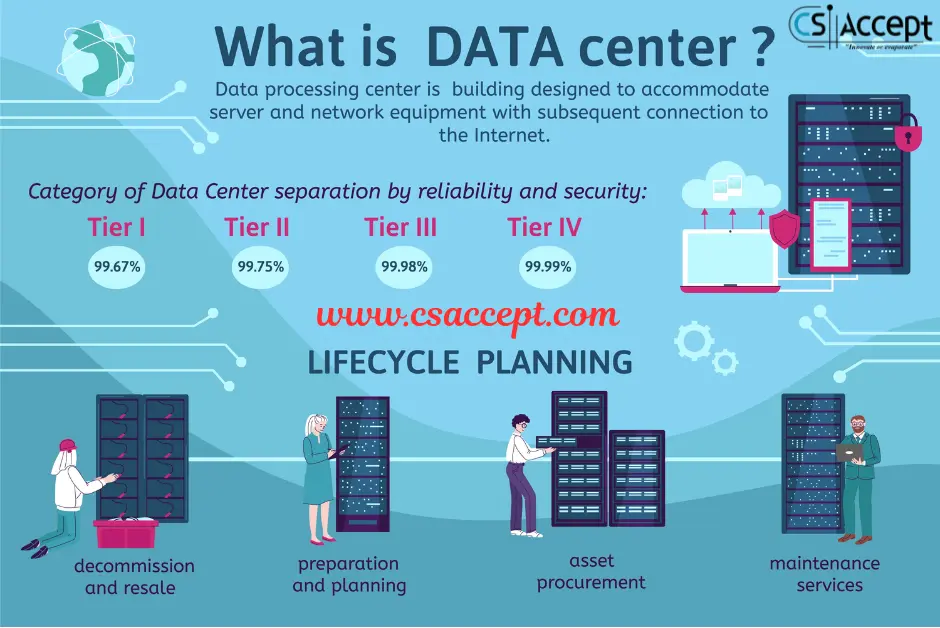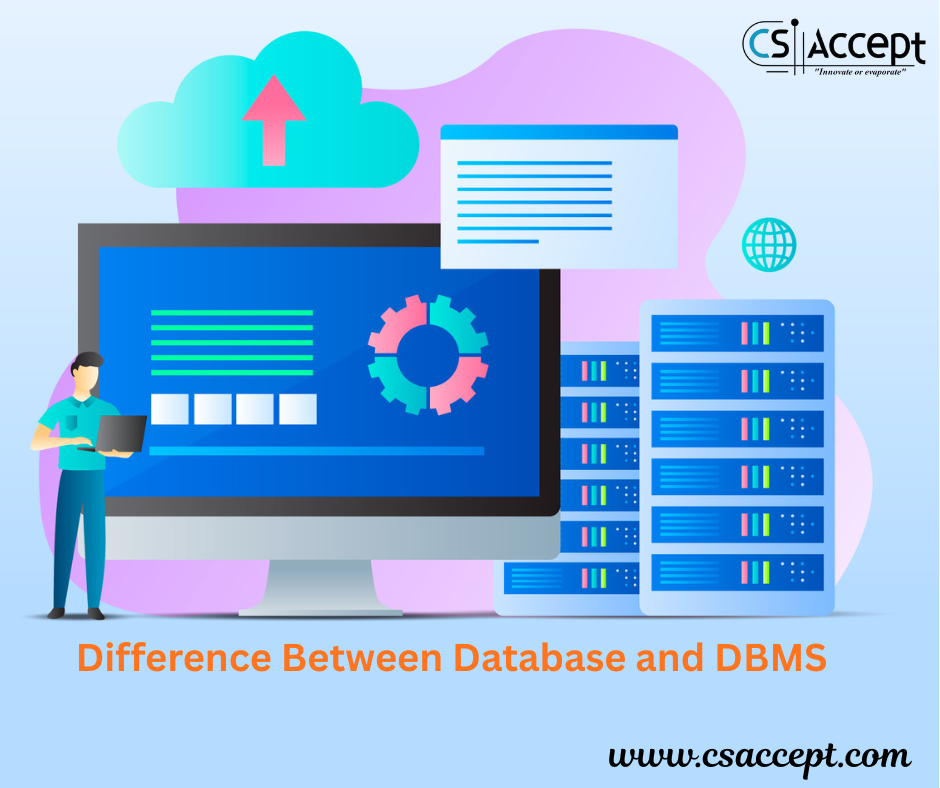
1. Introduction to Primary Memory
Primary Memory, also known as Main Memory or Main Storage, is the memory directly accessible by the Central Processing Unit (CPU) of a computer. It is used to store data and instructions that are currently in use so that they can be accessed quickly by the processor.
Unlike secondary memory (like hard drives), primary memory is volatile, meaning that it loses all stored information when the computer is turned off.
2. Features of Primary Memory
- Fast Access: Faster than secondary memory.
- Volatile: Data is lost when power is off.
- Temporary Storage: Holds data and programs currently being used.
- Direct Access by CPU: The CPU can read/write data directly from/to primary memory.
- Limited Capacity: Usually smaller in size compared to secondary memory.
3. Functions of Primary Memory
- Stores instructions for currently running programs.
- Temporarily holds data being processed by the CPU.
- Acts as a buffer between the CPU and slower secondary storage.
- Loads operating system and application software into memory for execution.
4. Types of Primary Memory
A. RAM (Random Access Memory)
- It is the most common type of primary memory.
- Allows both read and write operations.
- Data in RAM is volatile.
Types of RAM:
- SRAM (Static RAM)
- Faster and more expensive.
- Used for cache memory.
- Doesn’t need to be refreshed frequently.
- DRAM (Dynamic RAM)
- Slower and cheaper.
- Needs to be refreshed thousands of times per second.
- Used as the main memory in computers.
Characteristics of RAM:
- Temporary storage.
- Data is lost when the computer shuts down.
- Essential for multitasking.
B. ROM (Read-Only Memory)
- Non-volatile memory (data is not lost after shutdown).
- Contains pre-programmed data, like the BIOS (Basic Input Output System).
- Data can only be read, not written to (in traditional ROM).
Types of ROM:
- PROM (Programmable ROM):
- Can be programmed only once.
- EPROM (Erasable PROM):
- Can be erased using UV light and reprogrammed.
- EEPROM (Electrically Erasable PROM):
- Can be erased and rewritten electrically.
- Used in modern BIOS systems.
5. Differences Between RAM and ROM
| Feature | RAM | ROM |
|---|---|---|
| Volatility | Volatile | Non-volatile |
| Read/Write | Read and Write | Mostly Read-only |
| Usage | Holds running programs/data | Holds firmware like BIOS |
| Modifiability | Easily modified | Difficult or not modifiable |
| Speed | Faster | Slower than RAM |
6. Importance of Primary Memory
- It is essential for system performance; the more RAM a system has, the better its multitasking ability.
- The operating system uses primary memory to manage tasks.
- Acts as the working memory of a computer system.
7. Advantages of Primary Memory
- High Speed: Allows quick access to data and programs.
- Supports Multitasking: Allows multiple programs to run simultaneously.
- Smooth System Performance: Reduces lag by providing quick data to the processor.
8. Limitations of Primary Memory
- Volatile: Data is lost when power is off.
- Limited Capacity: Cannot store large amounts of data permanently.
- Cost: RAM is more expensive than secondary storage.
9. Role of Cache Memory and Registers
While not part of the traditional “RAM vs ROM” classification, cache memory and registers are also part of the primary memory hierarchy.
Cache Memory:
- A small, ultra-fast memory located near the CPU.
- Stores frequently accessed data and instructions.
- Reduces average time to access data from main memory.
Registers:
- Smallest and fastest memory units.
- Located inside the CPU.
- Used to hold temporary data, instructions, and addresses during execution.
10. Primary Memory vs Secondary Memory
| Feature | Primary Memory | Secondary Memory |
|---|---|---|
| Speed | Fast | Slower |
| Volatility | Volatile | Non-volatile |
| Access by CPU | Direct | Indirect |
| Capacity | Limited | Large |
| Cost | Expensive | Cheaper |
| Examples | RAM, ROM | HDD, SSD, CD/DVD |
11. Summary
Primary memory is a critical component in computer architecture. It acts as the temporary workspace for the CPU, allowing fast access to programs and data that are actively being used. Without it, the computer would be extremely slow, as it would have to retrieve every piece of data from much slower secondary memory.







